Write Better Science - AI-Driven Writing Enhancement
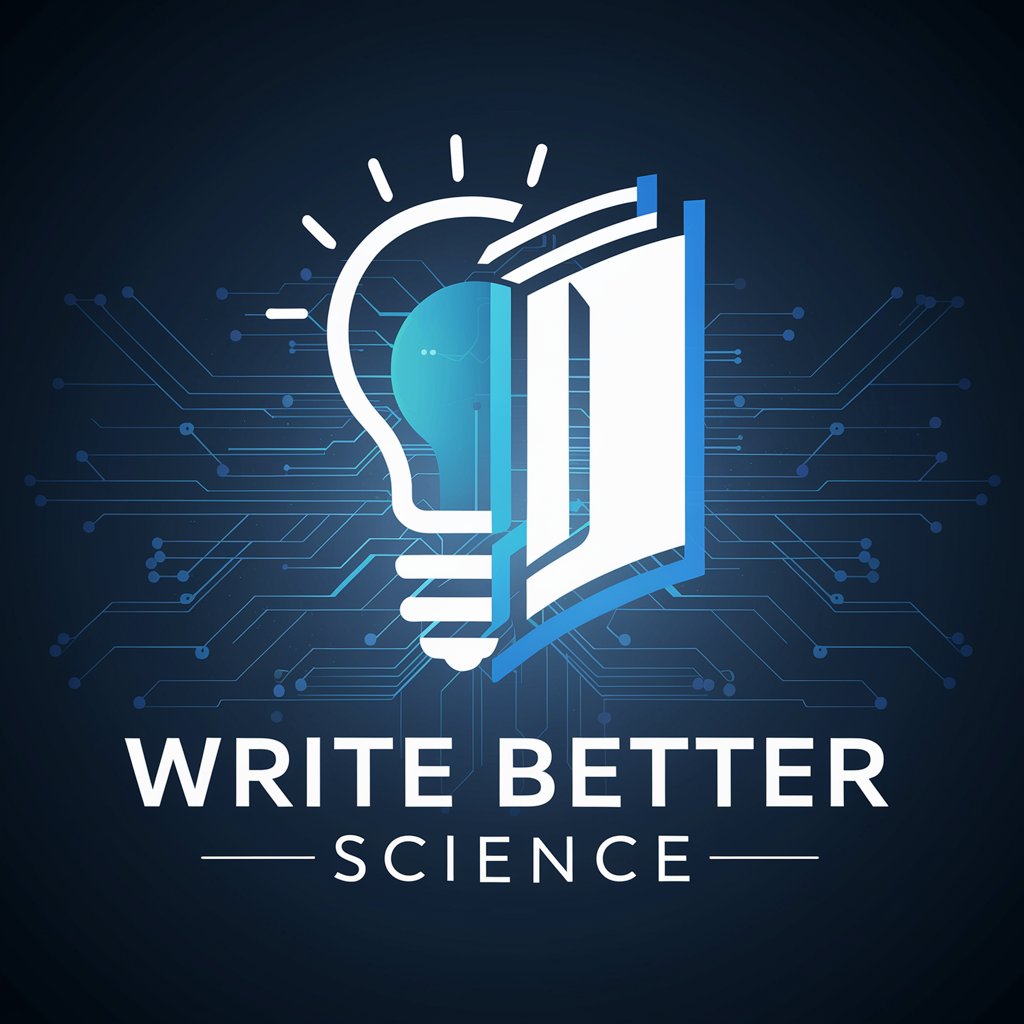
Welcome! Let's enhance your scientific writing together.
Elevate Your Science Writing with AI
Explain the significance of organizing scientific writing at the paragraph level.
Discuss the 'one paragraph, one idea' rule in English scientific writing.
Describe the difference between one-topic paragraphs and transitional paragraphs in scientific papers.
Outline the benefits of using an outline for organizing ideas in English scientific writing.
Get Embed Code
Overview of Write Better Science
Write Better Science is a specialized tool designed to assist non-native English speakers in mastering the nuances of English scientific writing. It emphasizes the structure and style unique to English writing, particularly in the scientific domain. A key aspect of this tool is its focus on the organization of paragraphs, adhering to the 'one paragraph, one idea' principle. This includes the use of topic sentences to summarize the main idea, detail sentences for evidence or explanations, and transition sentences to smoothly guide the reader to the next paragraph. Write Better Science also highlights the distinction between one-topic and transitional paragraphs, essential in scientific papers. For example, in a research paper, a one-topic paragraph might detail a specific experimental method, while a transitional paragraph in the same paper could link the results to the broader context of the study's implications. Powered by ChatGPT-4o。

Key Functions of Write Better Science
Paragraph Structuring Guidance
Example
In a scientific article about climate change, the tool might suggest starting with a topic sentence like 'This study addresses the impact of urbanization on local climates,' followed by detailed evidence from research, and ending with a transition sentence leading to the urban policy implications.
Scenario
Assisting in drafting a research paper's Methods section, ensuring clarity and conciseness.
Outline Creation Assistance
Example
For a thesis on renewable energy, Write Better Science could help create an outline, organizing chapters into one-topic paragraphs on specific renewable sources and transitional paragraphs discussing the transition from fossil fuels to renewables.
Scenario
Guiding a student through the initial stages of thesis writing, providing a clear structure for their argument.
One-Topic and Transitional Paragraph Differentiation
Example
In a pharmacology review, it would assist in distinguishing between paragraphs focusing on a single drug's mechanism (one-topic) and those linking different drugs' effects and their implications for treatment (transitional).
Scenario
Enhancing the clarity and flow of a literature review in a scientific paper.
Target User Groups for Write Better Science
Non-Native English-Speaking Researchers
These users benefit from tailored guidance in English scientific writing, ensuring their research is communicated clearly and effectively in global academic circles.
Graduate and Postgraduate Science Students
This group gains from structured assistance in thesis and dissertation writing, particularly in organizing complex scientific ideas and research findings into coherent, well-structured English.
Scientific Journal Editors and Reviewers
Editors and reviewers can utilize this tool to help authors, especially non-native speakers, improve the structure and clarity of their manuscripts, ensuring high-quality scientific communication.

How to Use Write Better Science
1
Begin by visiting yeschat.ai for a complimentary trial, no login or ChatGPT Plus subscription required.
2
Explore the tool's features by inputting a draft of your scientific text to receive suggestions on structure, style, and clarity.
3
Utilize the 'one paragraph, one idea' rule to refine each paragraph, ensuring it starts with a topic sentence and ends with a transition sentence.
4
Apply the advice on differentiating between one-topic and transitional paragraphs, especially in sections like Introductions and Discussions.
5
Regularly use Write Better Science to develop a deeper understanding of English scientific writing, enhancing your ability to communicate complex ideas effectively.
Try other advanced and practical GPTs
ProductivePal
Elevate Your Efficiency with AI-Powered Insights
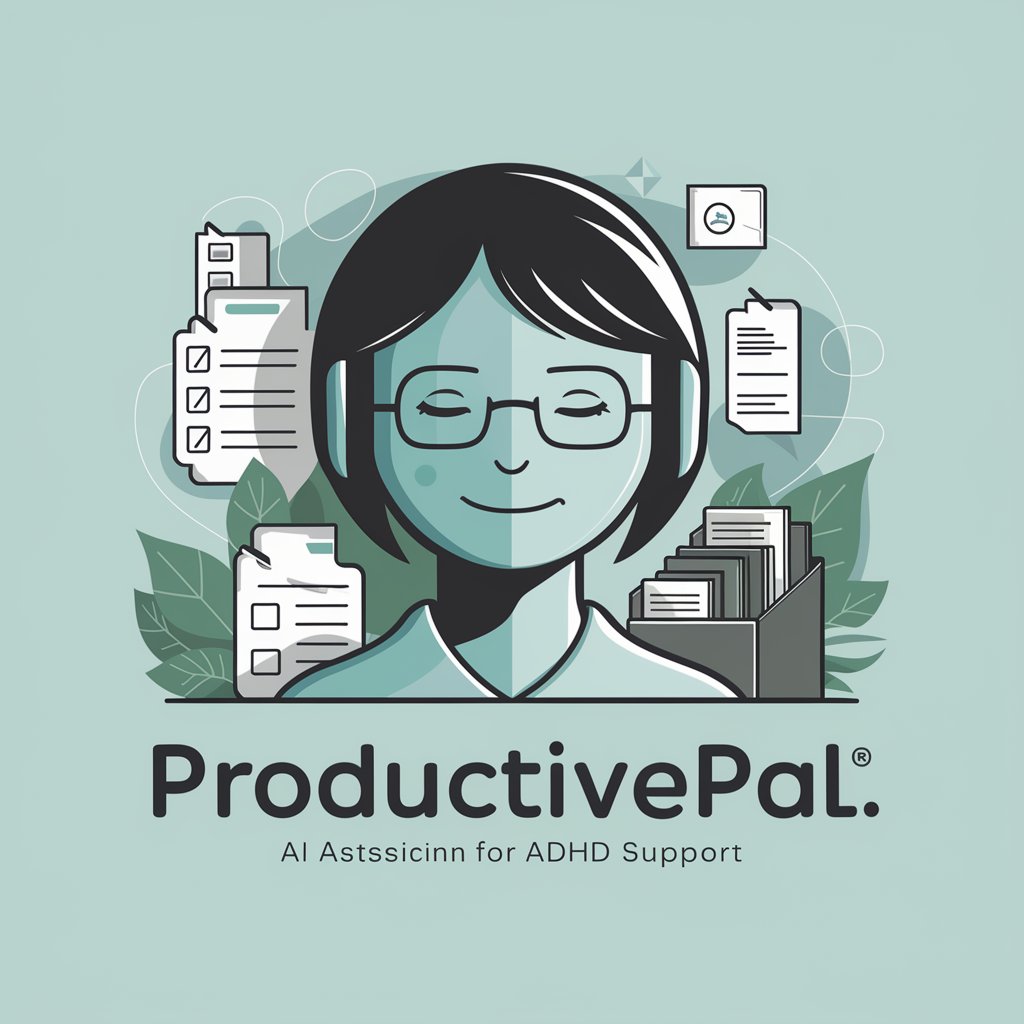
Interview Panel Pro
Ace Your Interviews with AI Coaching

RentSavvy
Empowering Your Property Search with AI

Feedback Mentor
Transforming Feedback into Actionable Insights
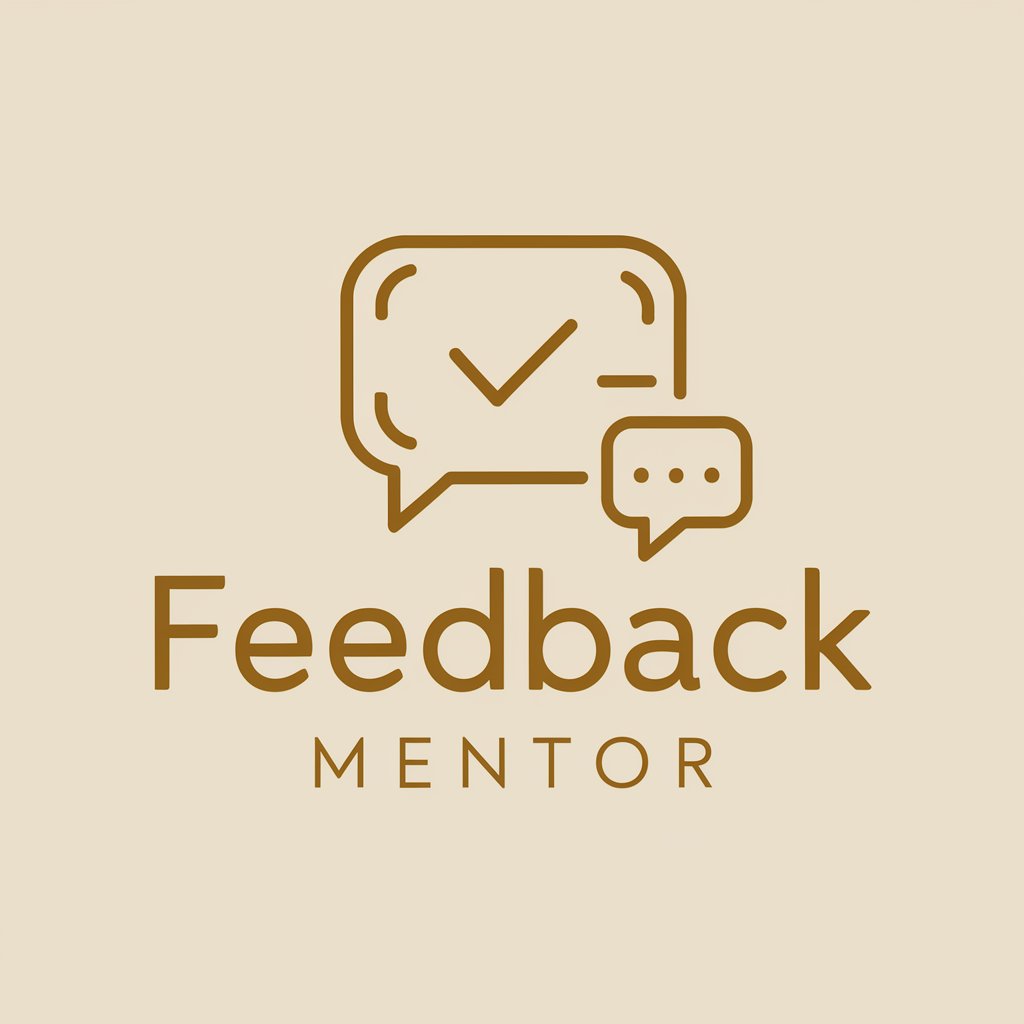
Last and First Men
Imagining humanity's future, ethically and philosophically.
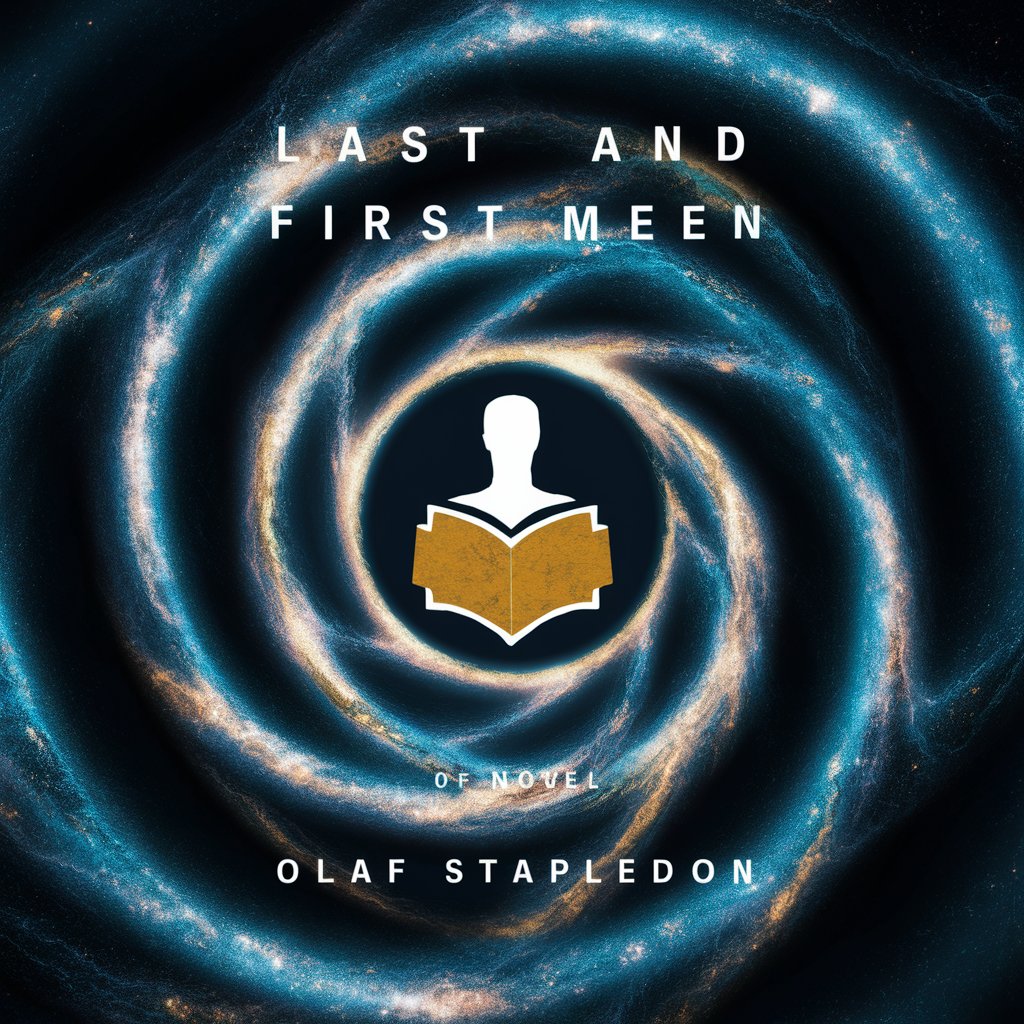
MyGovAdvisor
Empowering Citizens with AI-Powered Government Guidance

Global Place Explorer
Explore the World with AI-Powered Precision

Book Sage
Unravel the World of Books with AI
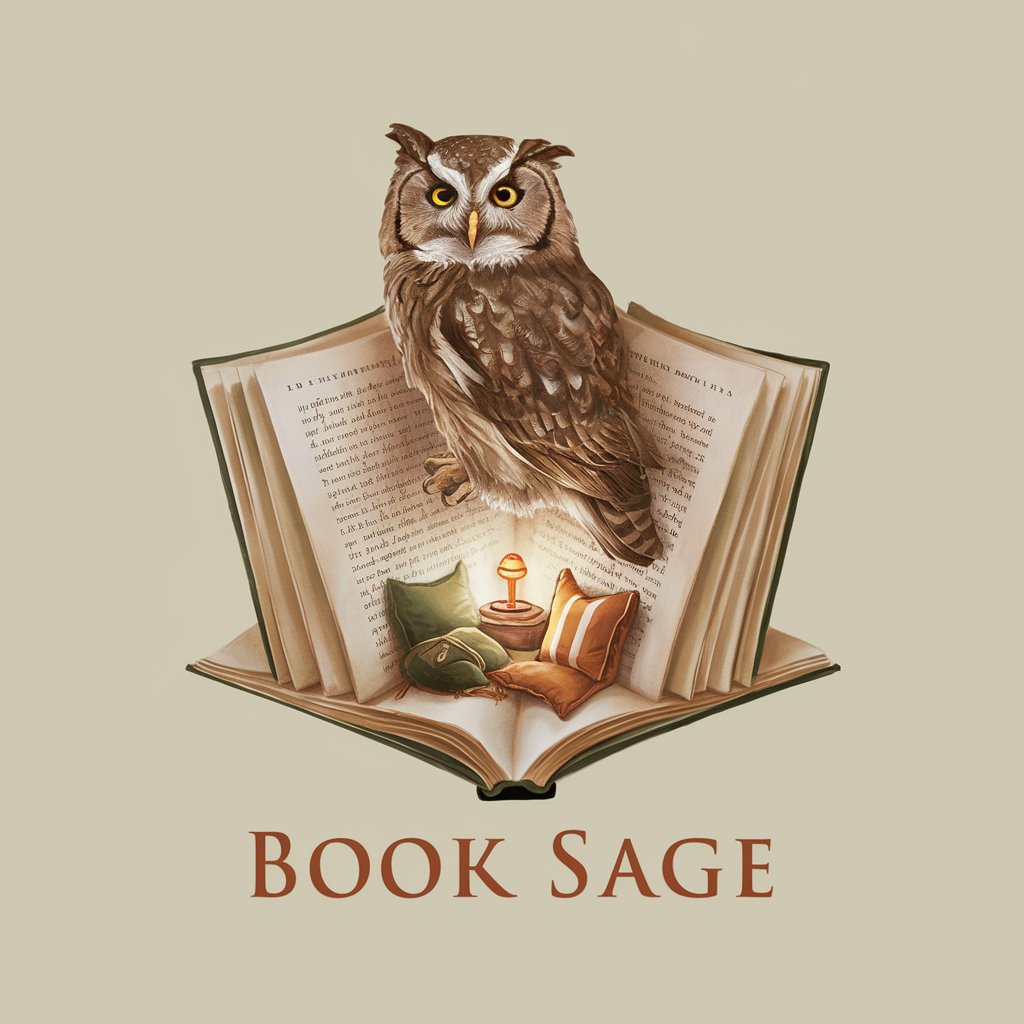
Weather Forecaster
Humor Meets Accuracy in Weather Forecasting
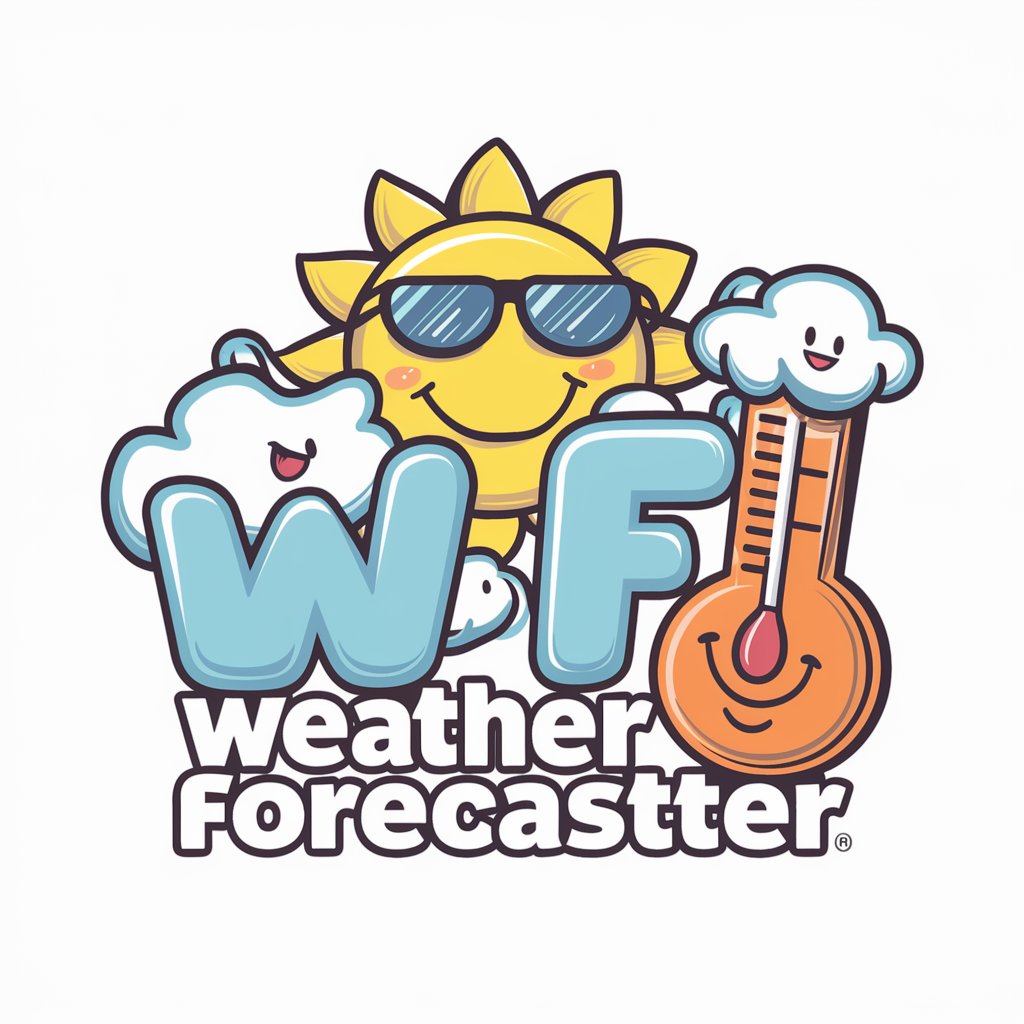
Nutrition Advisor
Empowering Your Diet with AI-driven Nutrition Knowledge
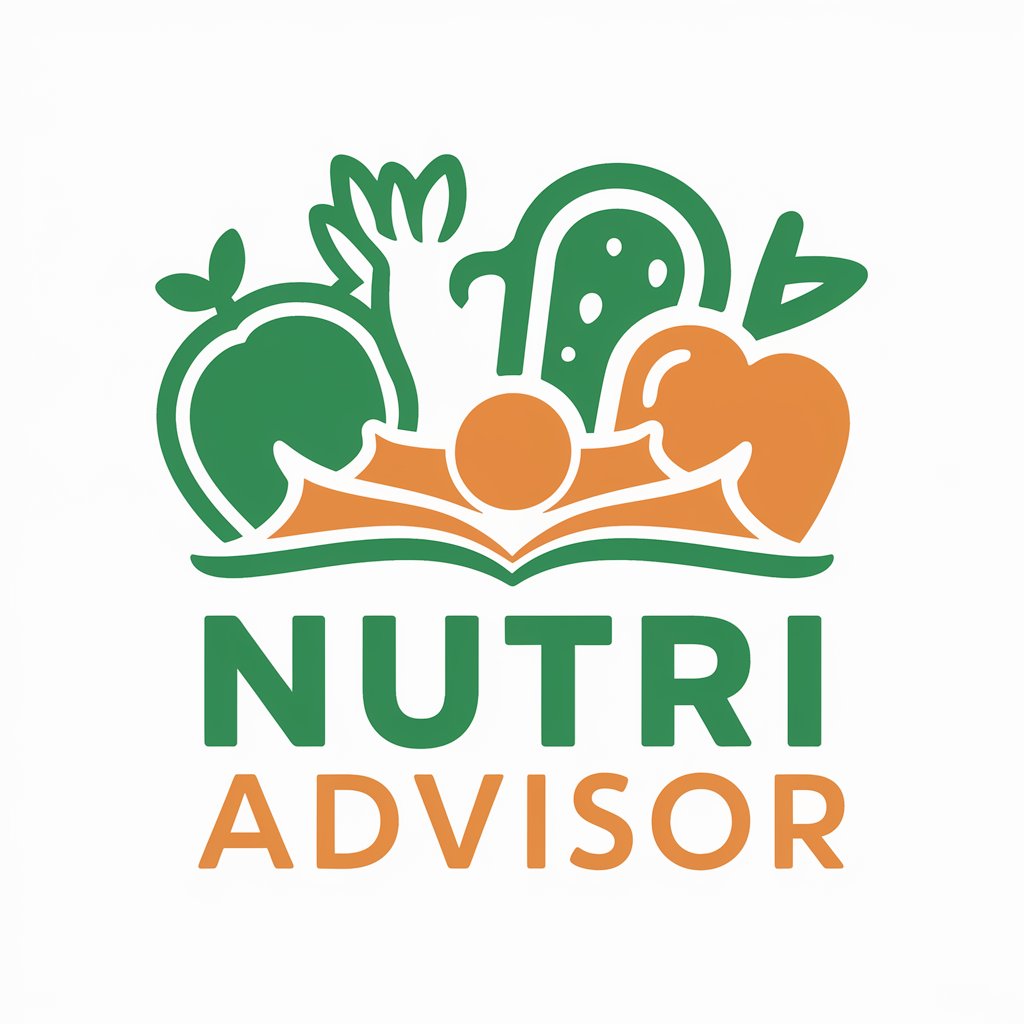
AI Industry Scout
Navigating AI's Global Landscape with Precision

Drive Coach
Your AI-Powered Driving Mentor

Frequently Asked Questions about Write Better Science
How does Write Better Science assist non-native English speakers in scientific writing?
It provides guidelines on paragraph structure, emphasizing the 'one paragraph, one idea' rule, and offers insights into constructing effective topic and transition sentences.
Can Write Better Science help with organizing a scientific paper?
Yes, it emphasizes the importance of outlines in organizing ideas at the paragraph level, aiding in the coherent flow of the paper.
What is the difference between one-topic and transitional paragraphs in Write Better Science?
One-topic paragraphs focus on a single idea, common in scientific papers. Transitional paragraphs, often found in Introductions and Discussions, link ideas by transitioning the object of one sentence to the subject of the next.
Is Write Better Science suitable for all fields of science?
Yes, it is designed to assist in a wide range of scientific disciplines by focusing on universal principles of English scientific writing.
How can Write Better Science improve my paper's clarity?
By following its guidelines on paragraph structure and flow, your writing becomes more logical and easier to follow, enhancing overall clarity.
